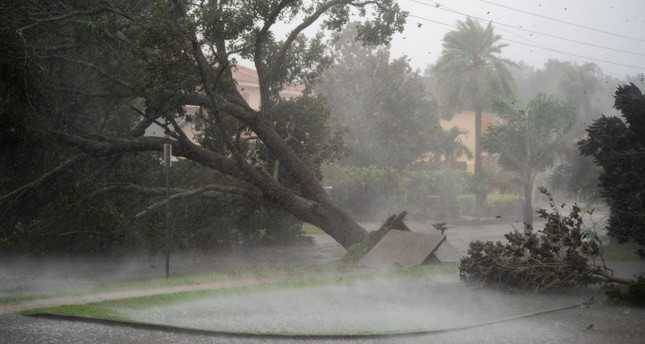Florida Governor Ron DeSantis announced on Thursday that the powerful hurricane "Ian" caused "flooding that happens once every 500 years," devastating coastal towns, flooding homes and businesses, and cutting off island residents from the world. On the morning following "Ian's" arrival as one of the most powerful hurricanes to hit Florida in decades, the full extent of the damage started to become apparent, but the size and intensity of the storm raised fears of massive destruction across the southeastern U.S. state. DeSantis told reporters that "some of these areas, like Cape Coral and Fort Myers, were inundated and severely affected by the storm." He added that "the amount of water is increasing, which will continue today as the storm moves, represents flooding that happens once every 500 years."
Fort Myers, a city with a population of 83,000 located on Florida's southwestern coast, is surrounded by canals and rivers, and the majority of the city is now underwater. On the nearby islands of Pine and Sanibel, which are tourist destinations, the roads connecting them to the mainland were significantly damaged. DeSantis stated that "the bridges from the islands to Fort Myers are no longer passable" and will need to be rebuilt. He added that "the Coast Guard has been conducting rescue operations on the islands since the early morning hours."
The National Hurricane Center downgraded "Ian," which made landfall as an extremely dangerous Category 4 hurricane, to a tropical storm by Thursday morning as it moved inland. However, the center warned of severe risks of flooding and rain in central Florida. DeSantis noted that power was out for more than two million homes and businesses, particularly in Lee County where Fort Myers is located, stating that it "went offline," and noted "two unconfirmed fatalities" in Lee County. He remarked, "I think we have never seen flooding like this or a storm of this magnitude."




